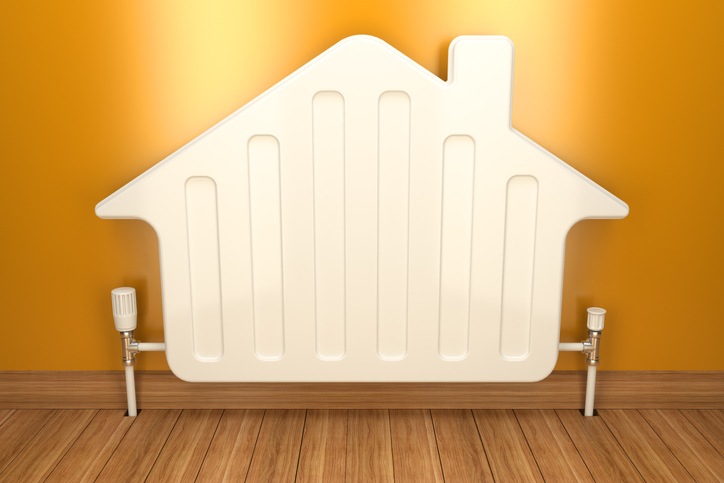Heat networks are district heating and communal development systems that uses a central boiler or other heat source to provide heat to multiple buildings. The heat is distributed through a network of pipes, and each apartment is connected to the network through a heat exchanger. Heat networks can be a very efficient way to provide heat, as they can reduce the need for individual boilers in each apartment. However, heat networks can also experience significant heat losses, which can increase the cost of providing heat.
There are a number of factors that can contribute to heat network losses, including:
* **The length of the heat network:** The longer the heat network, the more heat will be lost through the pipes.
* **The insulation of the heat network:** If the heat network is not properly insulated, heat will be lost through the pipes.
* **The temperature of the heat network:** The higher the temperature of the heat network, the more heat will be lost through the pipes.
* **The number of apartments connected to the heat network:** The more apartments that are connected to the heat network, the more heat will be lost through the pipes.
The cost of heat network losses can be significant. In the United Kingdom, for example, it is estimated that even the best performing heat network losses account for around 30% of the total cost of providing heat. This means that heat network losses can add hundreds of pounds to the annual heating bill for each household connected to the network.
The majority of existing communal heating systems in the UK operate at only 35 to 45% efficiency. The best performing buildings run at between 65-70%.
There are a number of things that can be done to reduce heat network losses, including:
* **Insulating the heat network:** Insulating the heat network can significantly reduce heat losses. The type of insulation used will depend on the size and type of heat network.
* **Reducing the temperature of the heat network:** Reducing the temperature of the heat network can also reduce heat losses. However, it is important to ensure that the temperature of the heat network is still high enough to provide adequate heating.
* **Using more efficient heat exchangers:** Using more efficient heat exchangers can reduce the amount of heat that is lost through the heat exchangers.
* **Installing heat meters:** Installing heat meters can help to identify which apartments are using the most heat, and this information can be used to target energy efficiency measures.
According to the GOV own guidance on Heat Network Optimisation, losses are most likely to be fixed inside the dwelling rather than inside the plant room. The cause? Residents adjusting controls! This can have a significant impact on the network losses. Residents often open valves which appear to have no impact on their heating or hot water, but the reality is, it has an affect on the network as it causes the flow rate to unnecessarily increase, resulting in substantial losses. Therefore its vital to provide a detailed operating guide, including warnings of which valves not to touch.
By taking these steps, it is possible to reduce heat network losses and the associated costs. This can help to make heat networks a more cost-effective and sustainable way to provide heat.




